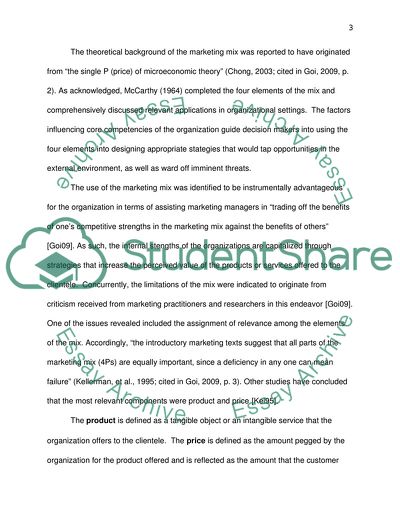Cite this document
(Theory of Product and Price Affecting the Success of British Homes Research Paper, n.d.)
Theory of Product and Price Affecting the Success of British Homes Research Paper. Retrieved from https://studentshare.org/social-science/1833723-research-essay-to-what-extent-has-the-application-of-the-theory-of-4psproduct-and-price-affected-the-success-of-british-home-stores
Theory of Product and Price Affecting the Success of British Homes Research Paper. Retrieved from https://studentshare.org/social-science/1833723-research-essay-to-what-extent-has-the-application-of-the-theory-of-4psproduct-and-price-affected-the-success-of-british-home-stores
(Theory of Product and Price Affecting the Success of British Homes Research Paper)
Theory of Product and Price Affecting the Success of British Homes Research Paper. https://studentshare.org/social-science/1833723-research-essay-to-what-extent-has-the-application-of-the-theory-of-4psproduct-and-price-affected-the-success-of-british-home-stores.
Theory of Product and Price Affecting the Success of British Homes Research Paper. https://studentshare.org/social-science/1833723-research-essay-to-what-extent-has-the-application-of-the-theory-of-4psproduct-and-price-affected-the-success-of-british-home-stores.
“Theory of Product and Price Affecting the Success of British Homes Research Paper”, n.d. https://studentshare.org/social-science/1833723-research-essay-to-what-extent-has-the-application-of-the-theory-of-4psproduct-and-price-affected-the-success-of-british-home-stores.


